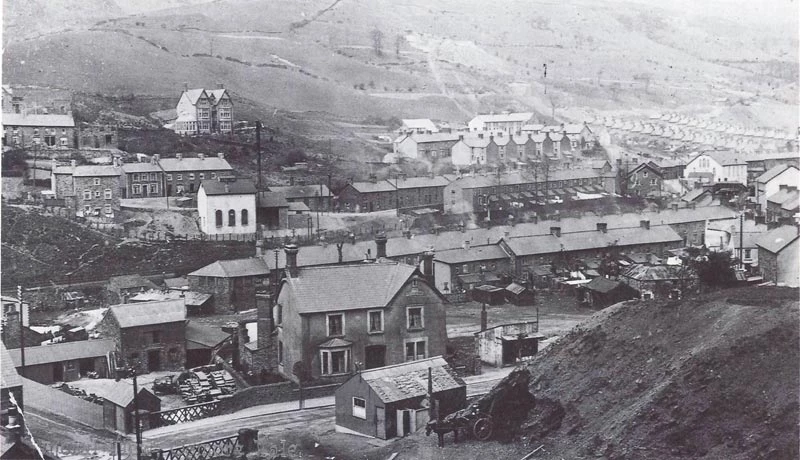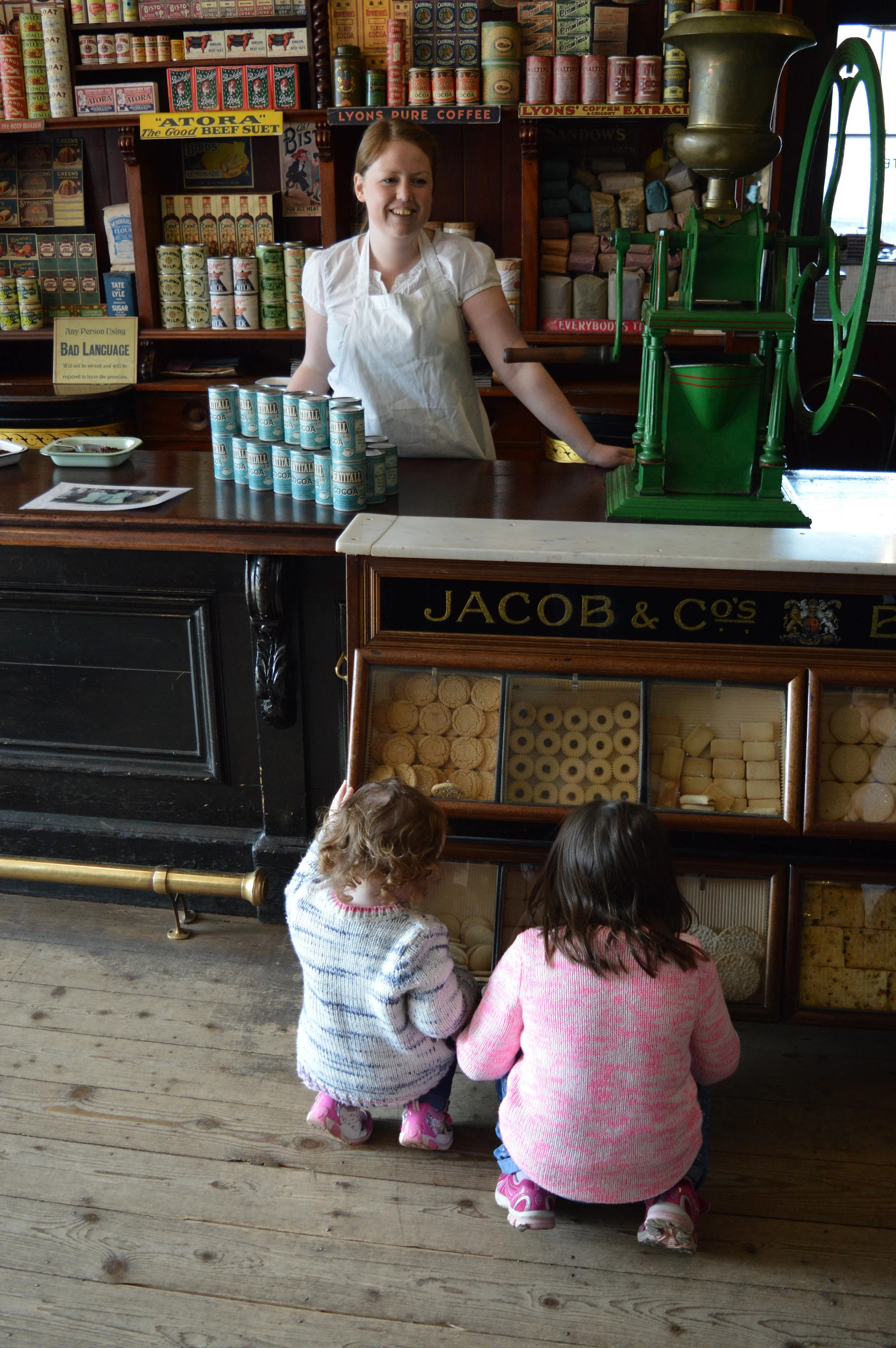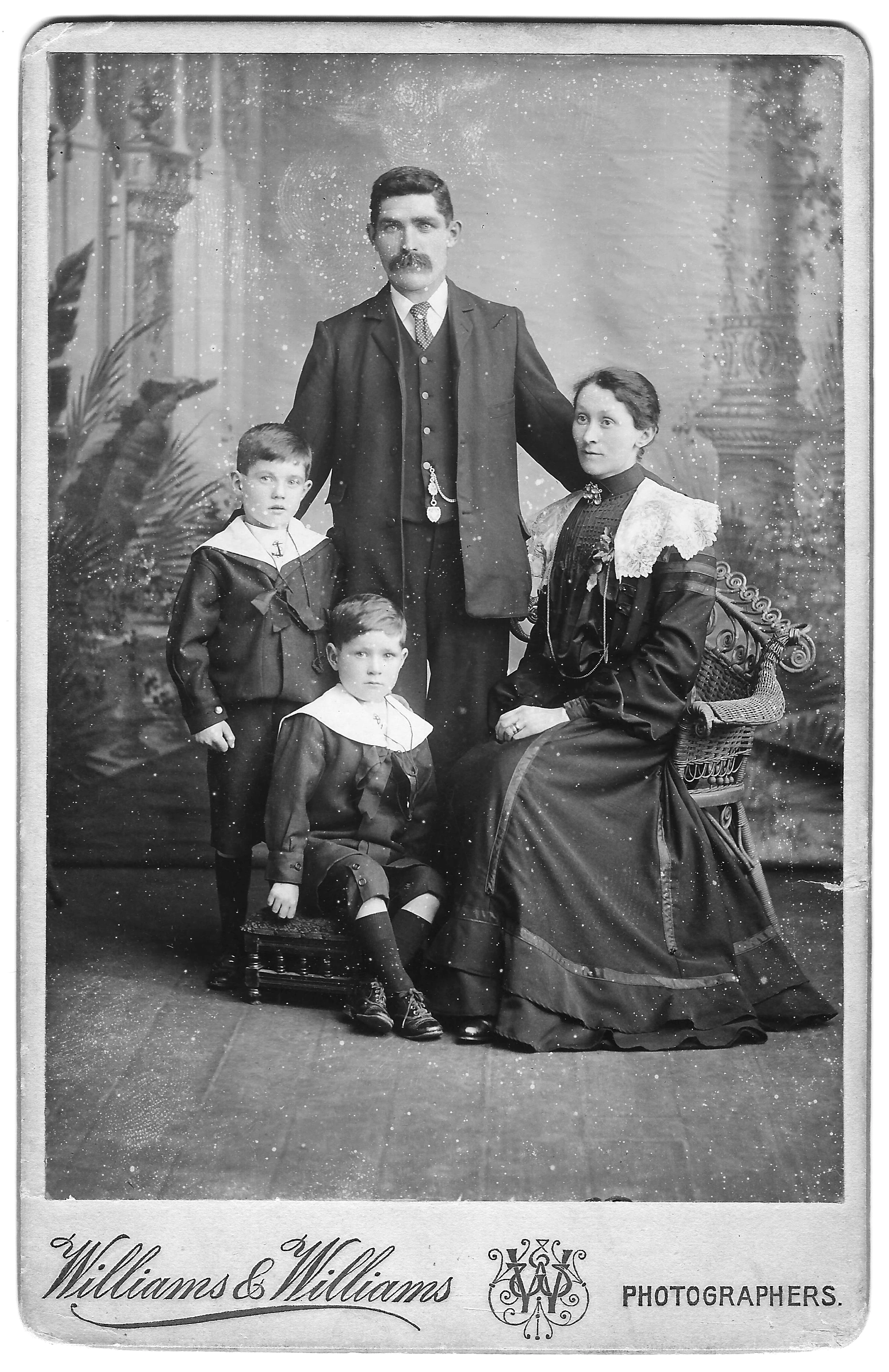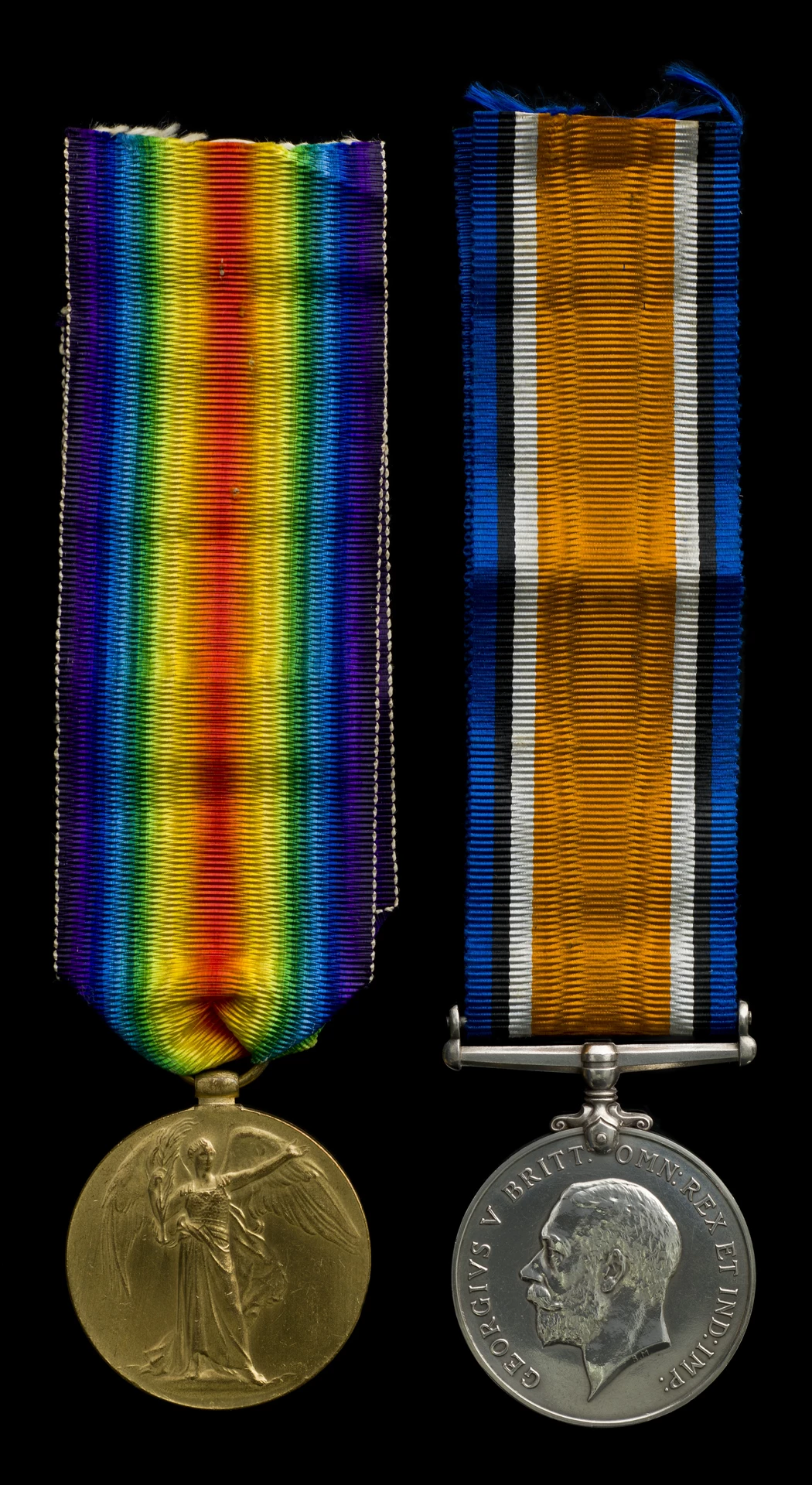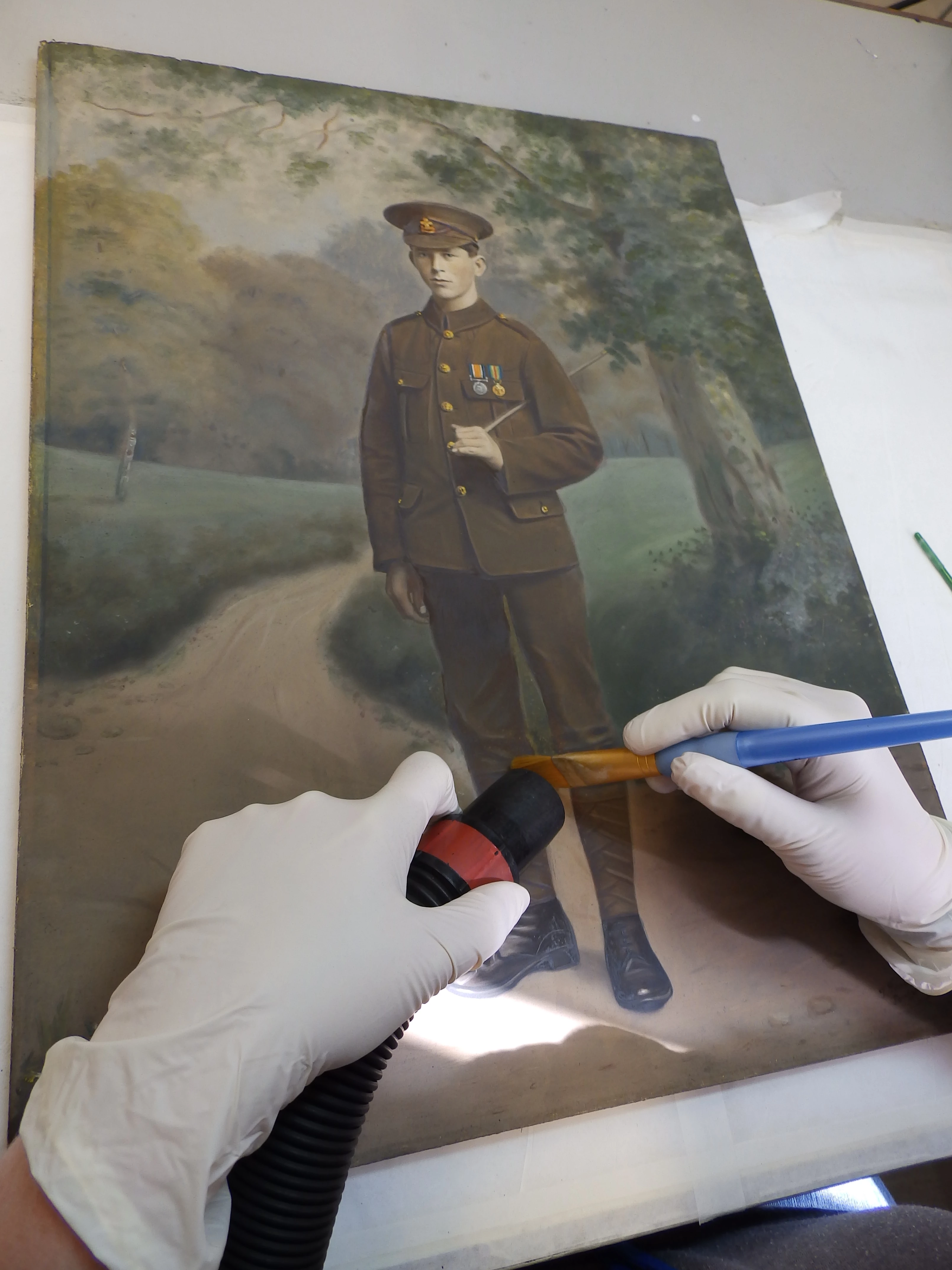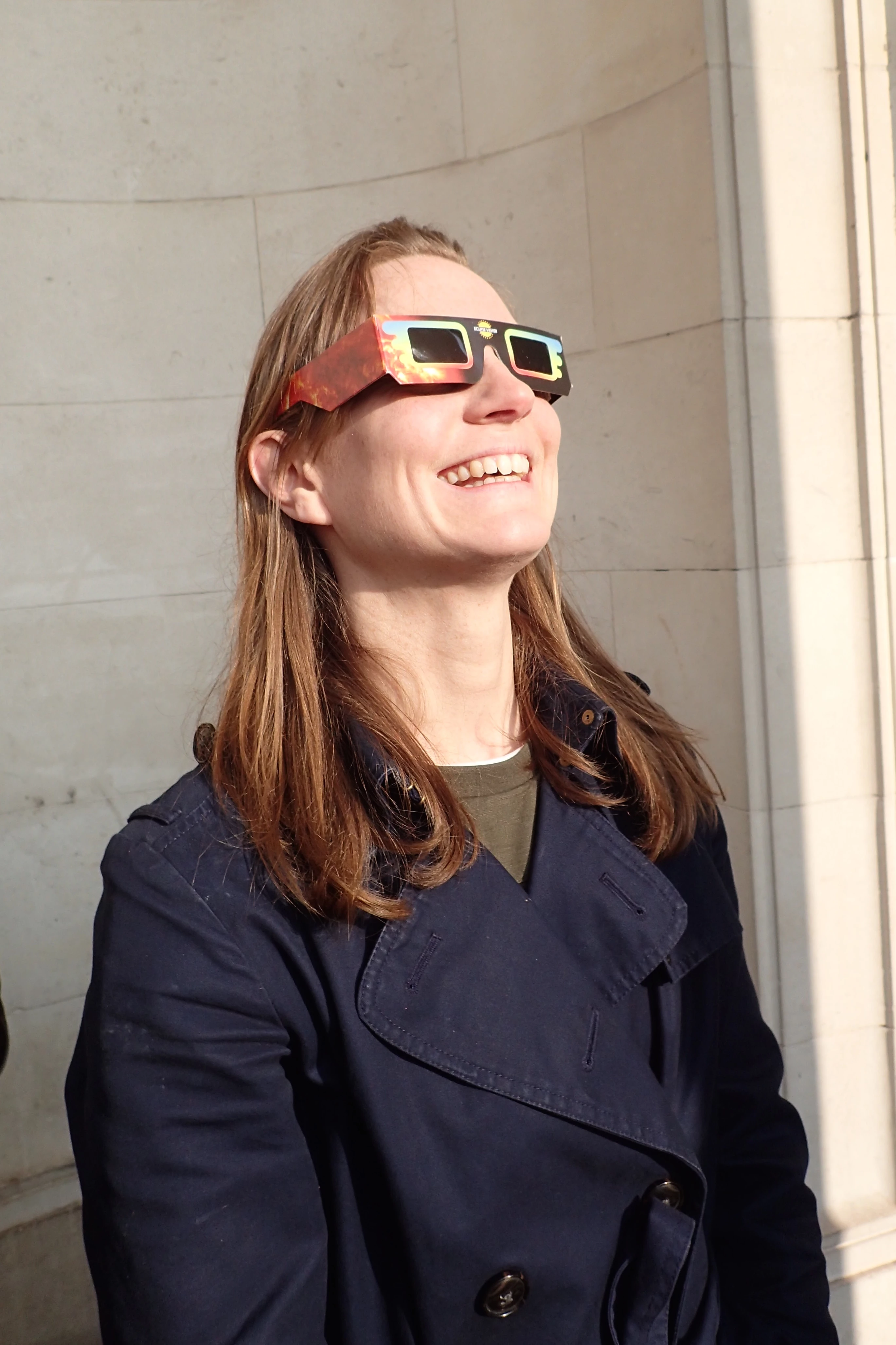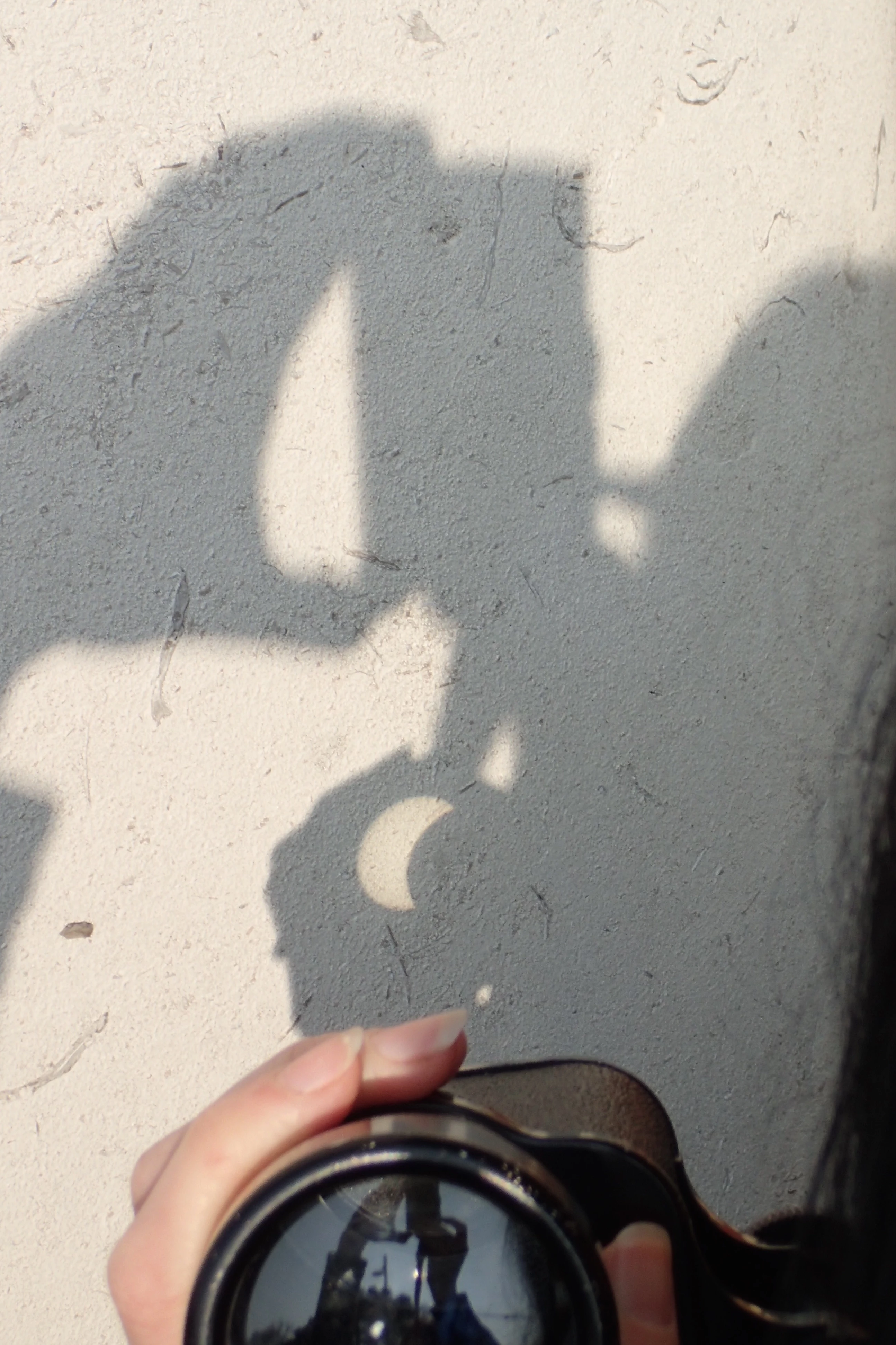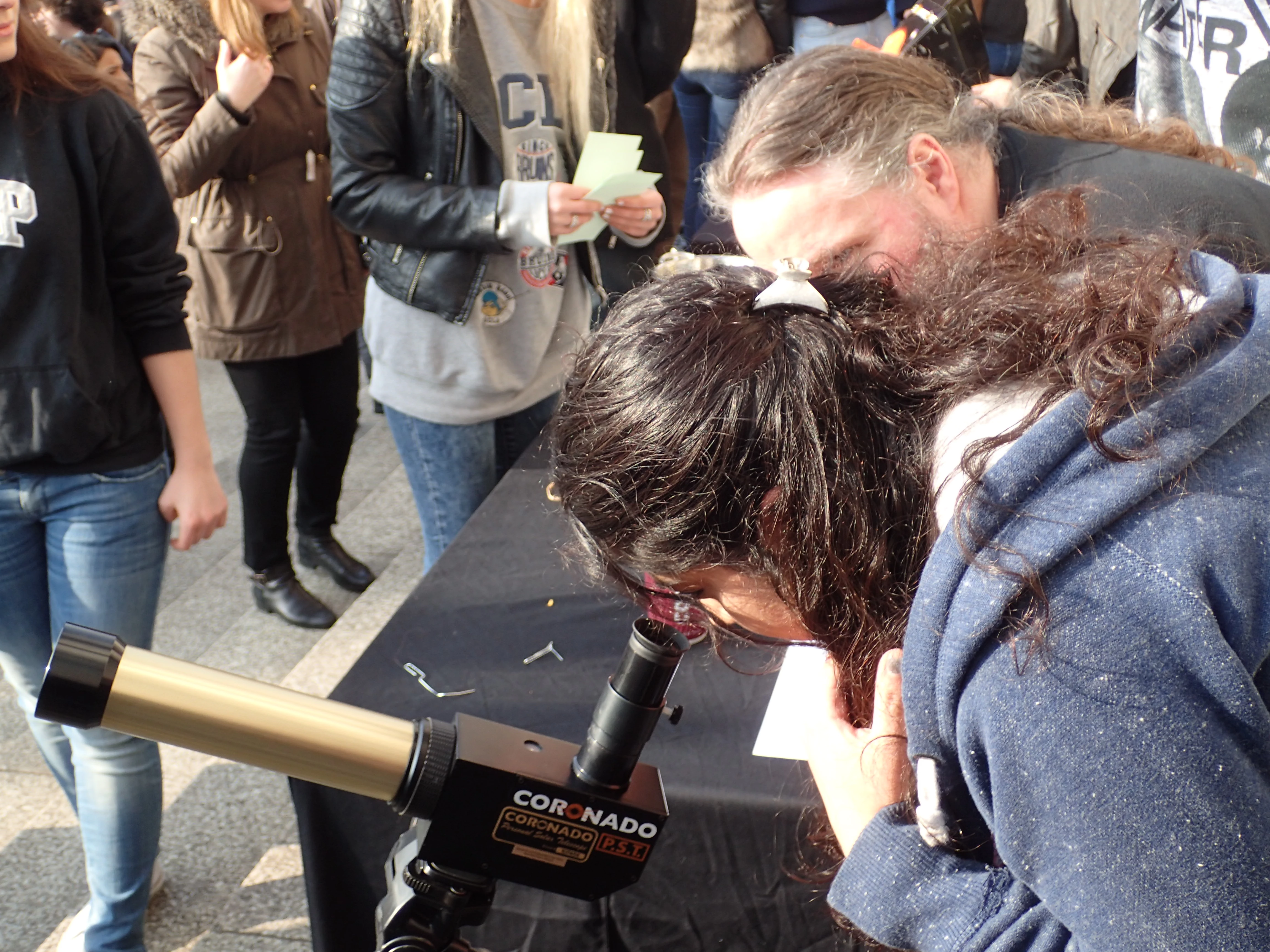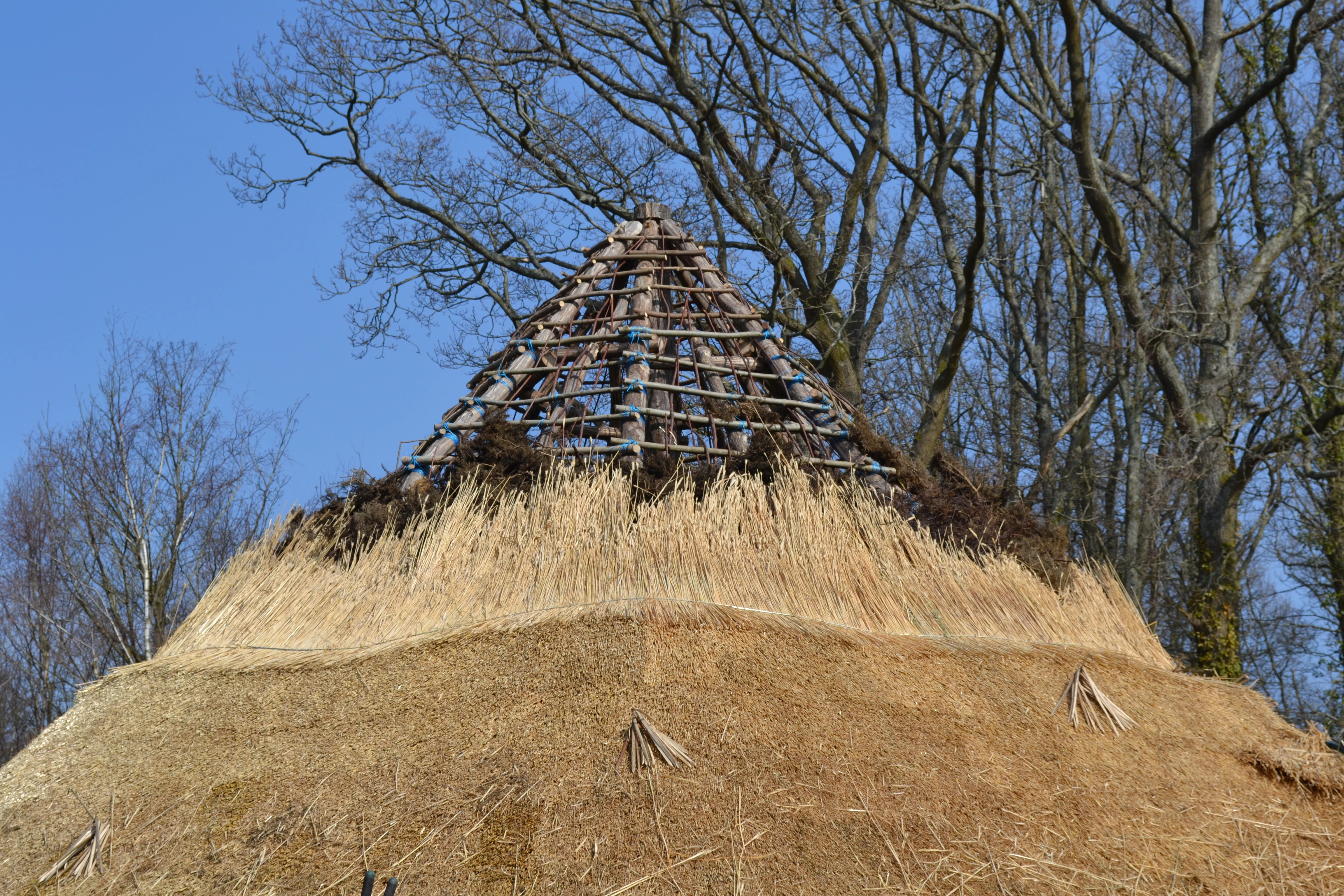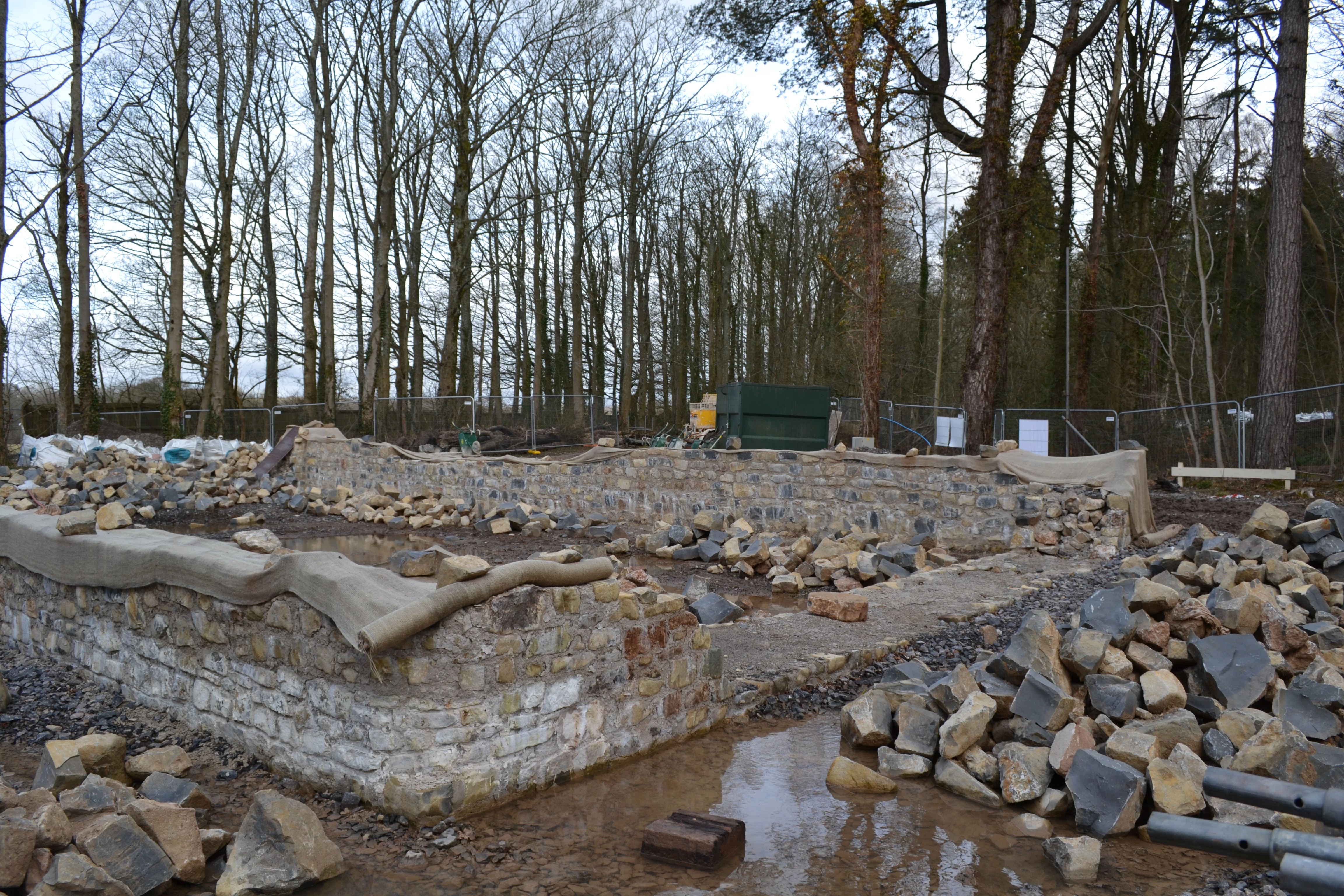Through the Keyhole in Gwalia Stores
, 14 May 2015
Over the Easter Holiday, we held an activity called ‘Through the Keyhole’ at St Fagans. The idea is for members of the Learning Department to be out in the historic buildings interpreting and discussing the buildings or objects, drawing attention to its history or history closely associated with them. During the week there will be 3 blogs by 3 members of staff that took part in this event.
I left it a bit last minute to decide which Building to use. With this in mind, I decided to go for a building I already know a bit about, Gwalia Stores. I hold formal sessions (with school groups) here so have background knowledge and an idea of the kind of activities I could do, and a costume good to go!
I raided the photo archive and took copies of the building in its original location, and some fresh coffee and coffee beans to weigh and highlight the coffee grinder, but also to bring back some smells to the shop. When open originally, the smells would have hit you as you walked in; dried fruit, teas, tea, coffee, cheese, meats and all sorts of items for sale.
One of the photos that prompted the biggest reaction was the photo of Gorwyl House overlooking Ogmore Vale. It was the house William Llywelyn built for his family when they’d made enough from the shop to move out from above it. The contrast is quite striking between the ‘mansion’ as it was locally called and the rest of the valley’s terraced houses, and its position on the hill mirrors he high social status of the Llywelyn family at the height of Gwalia Stores’ success.
I enjoyed being in the shop and getting the chance to tell its absorbing history, which mirrors that of the Valleys themselves. It was great to talk and imagine how different an experience a weekly shop would have been 100 years ago, how much more social especially.
The staff would also have trained as apprentices for years and would have been a well-respected role, and the shops really were a centre point in the community. There was much reminiscing by visitors, and some even came from Ogmore Vale and remembered the shop in its original location. One lady commented on the gap that’s still there in Ogmore Vale opposite the railway station, after discussing and looking back on the history of the shop, losing these shops and the experience of going there has left gaps in communities all over Wales.
The next blog will be up soon, discussing the event in one of the other historic buildings.
